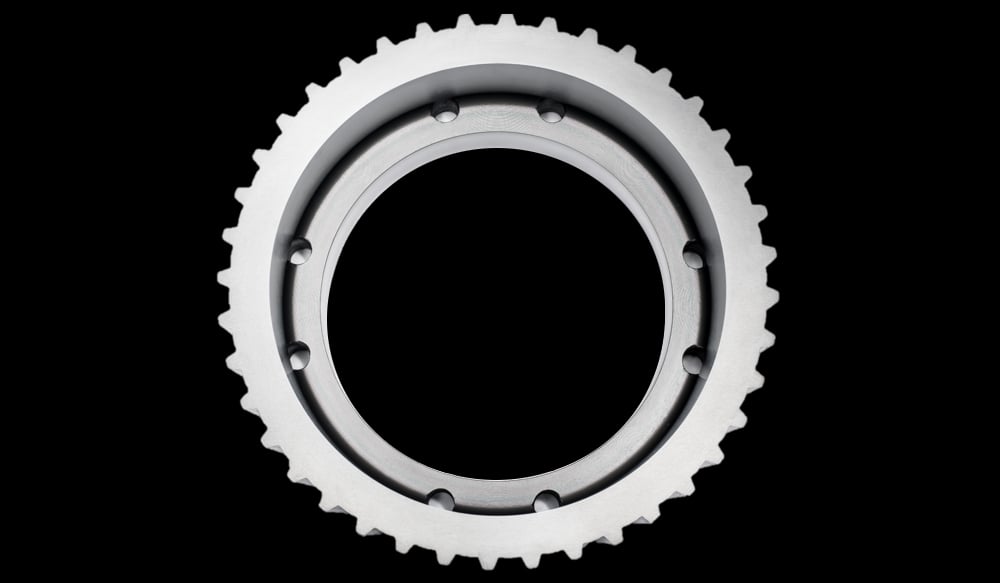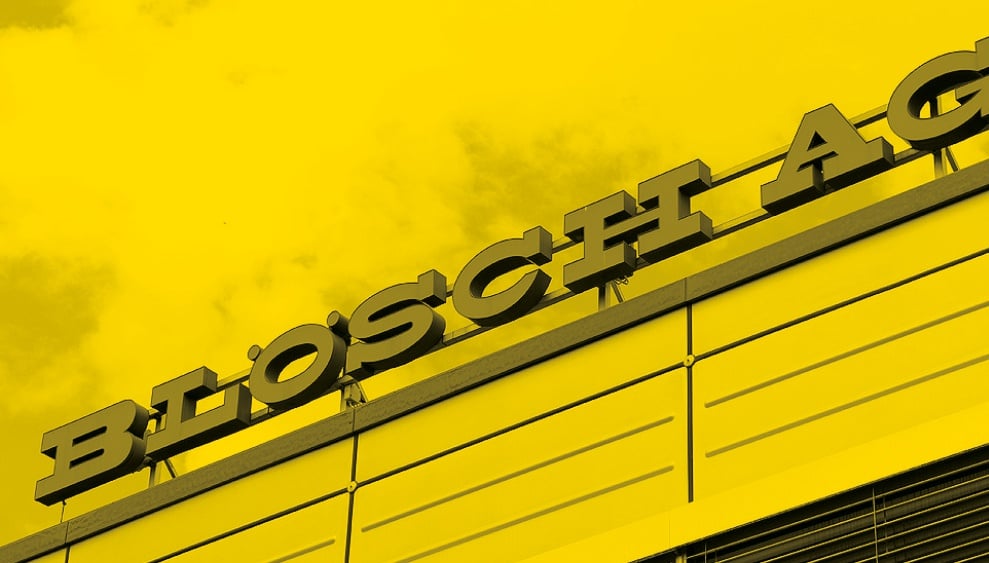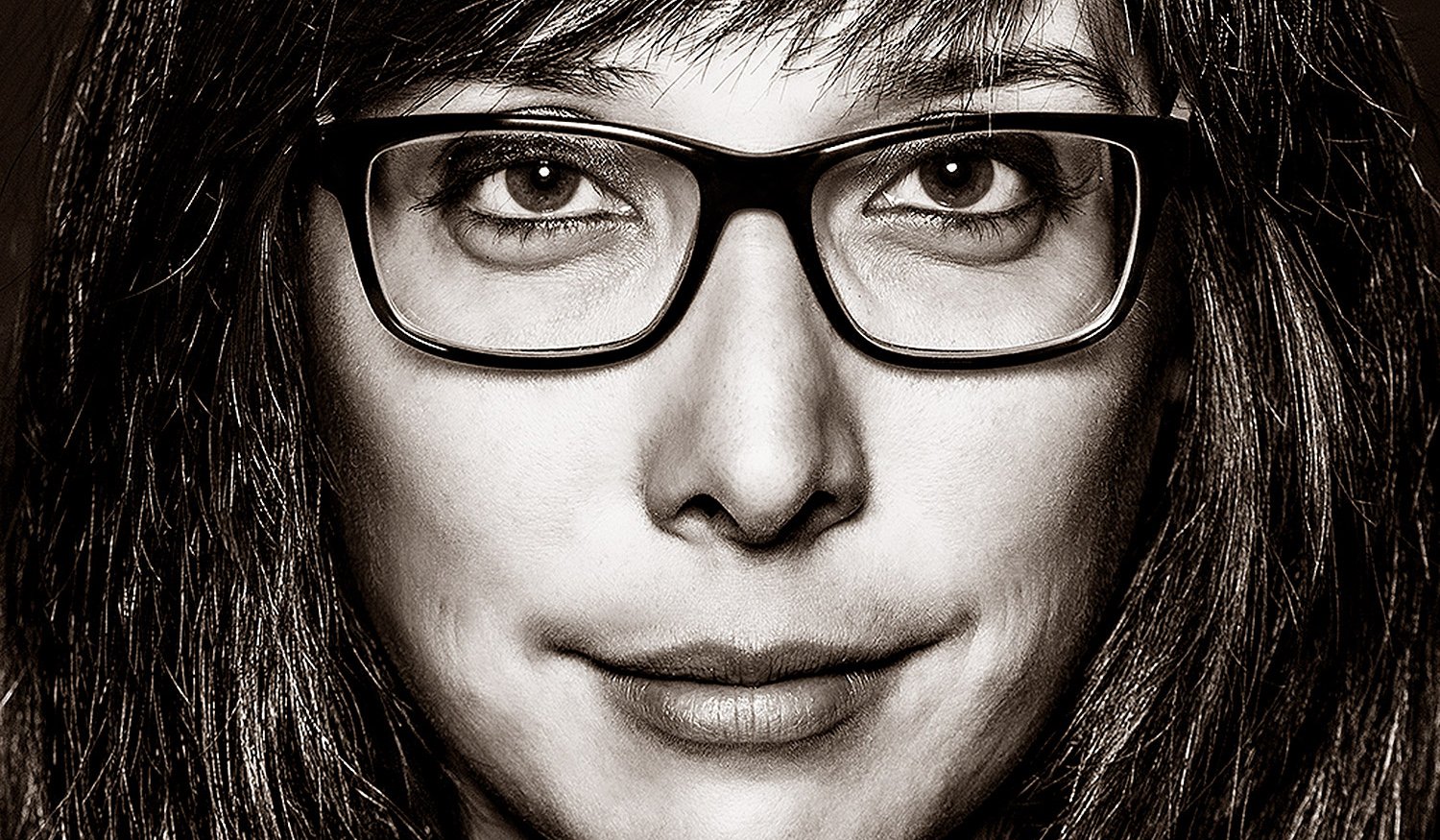The goal
The aim of this collaboration was to develop a high-performance coating optimized for reaming. A low coefficient of friction and a very high thermal stability as well as an above-average wear resistance were evaluated as the most important criteria.
The Blösch solution
The solution was a coating with high hot hardness, excellent toughness coupled with very high wear resistance. Suitable even for materials that are difficult to machine, this coating guarantees sharp cutting edges over an even longer service life.
The advantages at a glance
- Guarantees sharp cutting edges over an even longer service life
- Low coefficient of friction significantly improves friction quality
- High oxidation resistance up to 1000°C ensures highest thermal stability and enables high cutting speeds
- High toughness and bending strength, also suitable for interrupted cuts
- Surface hardness of over 4000HV provides extremely high wear resistance
- The ideal reamer hard coating for everyday materials such as steel (stainless free-cutting steels), non-ferrous metals and plastics as well as for demanding special alloys, quenched and tempered and non-magnetic steels, fiber-reinforced plastics, aluminum with high silicon content, titanium, tantalum, graphite.
New hard coating ACUREA (at RE-AL)
The chromium-based nanocomposite hard material coating ACUREA guarantees sharp friction edges, significantly longer service lives and substantially improved friction qualities.
The ACUREA hard coating exhibits highest thermal stability and thus avoids built-up edges, enables high cutting speeds and offers high wear resistance on everyday materials such as steels, stainless steels, non-ferrous metals, plastics as well as on demanding special alloys, quenched and tempered and non-magnetic steels, fiber-reinforced plastics, aluminum with high silicon content, titanium, tantalum, graphite.
High toughness and flexural strength and lowest impact sensitivity increase the repeatability of the required friction tolerances and significantly extend tool life. These distinct advantages increase productivity and repeatability of friction quality.




